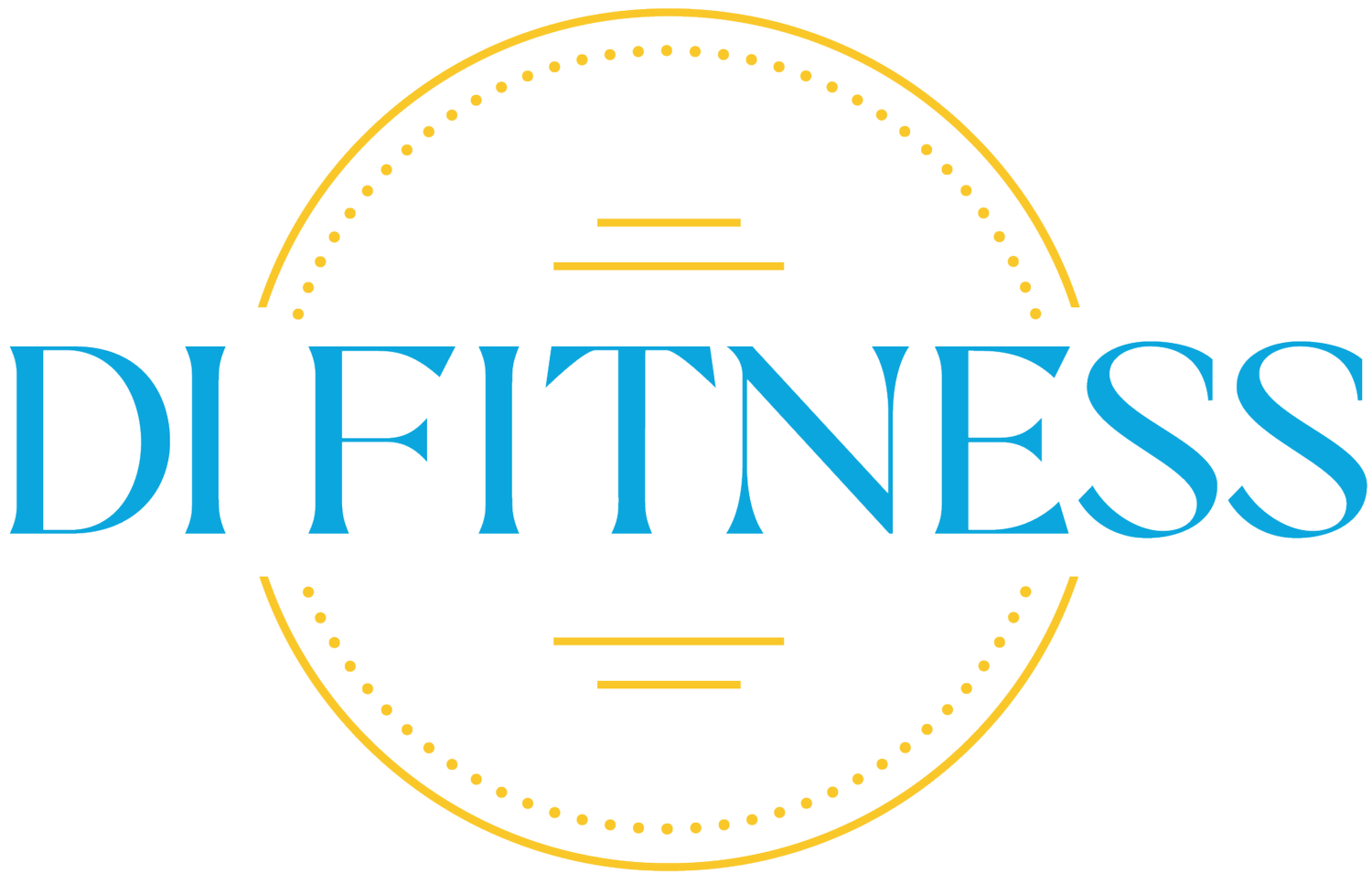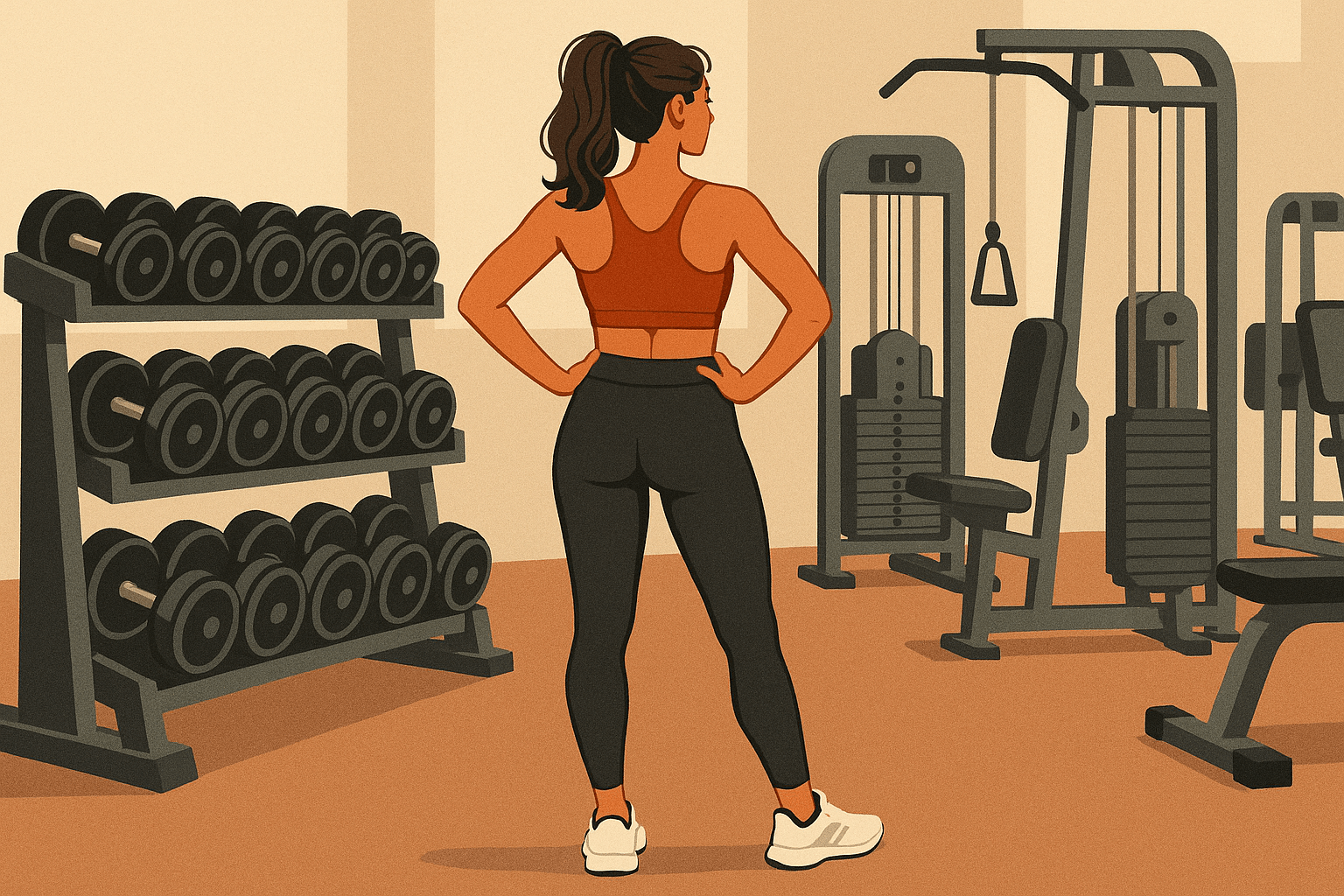Machines vs. Free Weights: Which is Right for Your Goals?
Walk into any gym, and you'll see the same divide. On one side, the neat rows of weight machines, with their guided paths, comfortable seats, and simple pin-and-load systems. On the other, the slightly more chaotic world of the free weights area: racks of dumbbells, barbells, and kettlebells.
For many people, especially those new to strength training, the choice is daunting. The machines look safe and straightforward, while the free weights can seem intimidating, reserved for only the most experienced lifters.
So, what’s the right choice? The answer isn't about one being "good" and the other "bad." It’s about understanding what each tool is designed for and how it aligns with your real-world goals.
The Case for Machines: Simplicity and Isolation
Weight machines are popular for a reason. They are engineered for safety and simplicity.
Guided Motion: A machine moves on a fixed path. This takes the guesswork out of the exercise and significantly reduces the risk of performing a movement with dangerous form, making them a great starting point for beginners.
Muscle Isolation: They are designed to target a very specific muscle group. A leg extension machine isolates your quads; a bicep curl machine isolates your biceps. This can be useful for focusing on a particular muscle, either for aesthetic reasons or for targeted strengthening during rehabilitation from an injury.
Think of machines as a controlled environment. They provide a simple, safe go to for working a muscle without needing to worry too much about balance or coordination.
The Case for Free Weights: Reality and Resilience
Free weights—like dumbbells, kettlebells, and barbells are different. They don't guide you. You are in control of the entire movement, which comes with a host of powerful benefits.
More Muscle Activation: When you lift a dumbbell, it’s not just one muscle working. Your body has to recruit dozens of smaller, stabilizing muscles to control the weight, maintain your balance, and keep your joints secure. This means you get more bang for your buck with every single rep.
Functional, Real-World Strength: This is the most important point. Life is not a machine. When you pick up a heavy box, carry your shopping, or lift your child, your body doesn't move on a fixed path. It has to stabilize, coordinate, and adapt. Free weight exercises train your body in this exact way. They build the kind of practical strength that you actually use in your day-to-day reality.
Requires Focus and Technique: This might sound like a negative, but it's a huge positive. Using free weights forces you to develop your mind-muscle connection. You have to focus on your form and technique, which makes you a smarter, more capable lifter in the long run.
So, Which Should You Choose?
For the vast majority of people whose goal is to build practical, everyday strength, improve their posture, and become more resilient to injury, free weights should be the cornerstone of your training. They prepare your body for the unpredictable demands of real life.
However, this doesn't mean machines have no place. They can be a fantastic tool in a well-rounded program:
For Beginners: To safely learn the feeling of a movement before trying it with free weights.
For Accessory Work: To add extra focus to a specific muscle group after you've done your main compound lifts with free weights.
For Burnout Sets: To safely push a muscle to fatigue at the end of a workout when your stabilizing muscles are already tired.
Ultimately, a smart fitness plan uses the best tool for the job. But if your goal is to build a body that is not just "gym strong" but "life strong," then learning to master free weights is one of the best investments you can ever make in your health.

